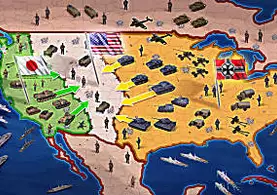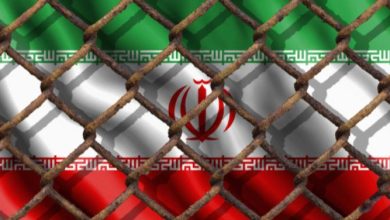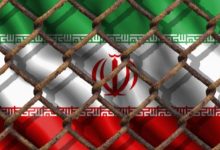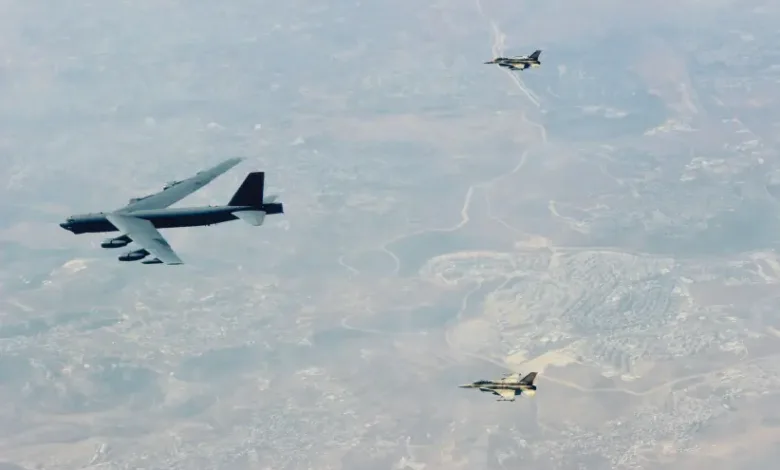
On Monday night, Mossad chief David Barnea boarded a plane from Israel to the US. His trip is part of Israeli efforts to scuttle a return to the 2015 Iran nuclear deal and Barnea, who came armed with Israel’s latest intelligence assessments, used it for meetings with administration and intelligence officials as well as members of Congress.
Fifteen years ago, at around the same time that Barnea’s plane left Ben-Gurion Airport, another group of Israelis took off for a destination abroad. They were four Israeli Air Force crews – pilots and navigators – who took off from northern Israel in their F-16Is and made their way to a target in northeastern Syria. There, just after midnight on September 6, they bombed and destroyed a nuclear reactor that North Korea was constructing for Bashar al-Assad.
In the 15 years that have passed, the Middle East has undergone a tremendous transformation. The Arab Spring, the American withdrawal from Iraq and Afghanistan, and the Abraham Accords. One constant throughout this time has been Iran, which like then and still today, continues to pursue a nuclear capability despite Israeli and international efforts to stop it.
And while Barnea likely appreciated the timing of his flight and the anniversary it fell on, the mission that he was sent on this week by Prime Minister Yair Lapid was far from anything like what the four pilots and four navigators embarked on back in 2007.
The history of Iran’s nuclear threat against Israel
Iran is a threat, it is pursuing a nuclear capability, and continues to grow closer to its goal as time passes. Nevertheless, the sword is not yet up against Israel’s neck, as Meir Dagan, Barnea’s predecessor at the Mossad, and the architect of Israel’s covert sabotage campaign against Iran, once said.
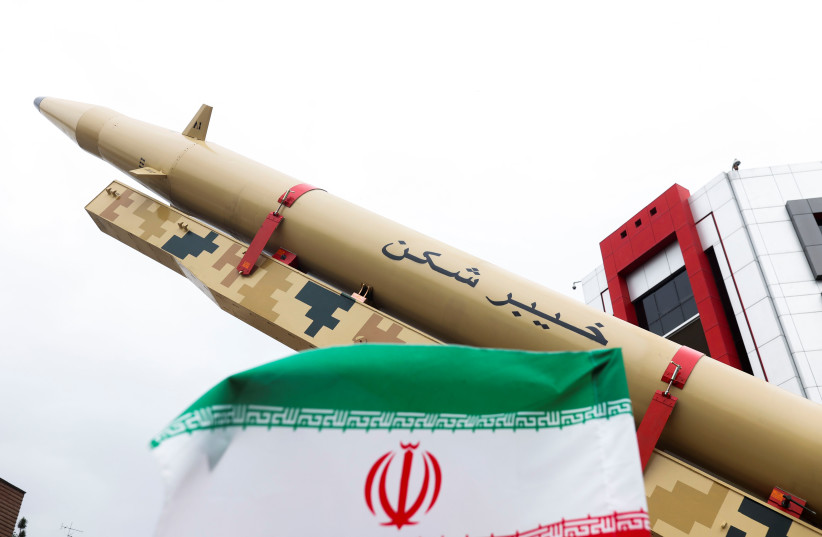
The reason is that although Iran is unconstrained today with some parts of its nuclear program, it is not yet building a bomb, and as long as that is the case, Israeli military action will likely wait.
This is a change in the definition of Israel’s red line for when it would need to act. Back in the Netanyahu era, the sense was that the red line for Israel was enrichment at military-grade levels. Netanyahu said as much during the famous speech he gave at the UN in 2012, when he drew a red line over 90% on the picture of a cartoon bomb.
Basically, the thinking then was that Israel and the world needed to stop Iran from even getting its hands on the ingredients for a bomb – fissionable material, advanced centrifuges and more. The red line was to stop the ingredients from being collected.
For a time, that worked. Sabotage, sanctions and the 2015 Iran deal all contributed to slowing down the program. The fact is that from that speech in 2012 until now – almost a decade later – the Iranians still are not known to have military-grade uranium. For that reason, it made sense to keep the red line at the enrichment and ingredients level since if Iran were to enrich uranium to 90%, there is no other purpose except for nuclear weapons.
The Iran nuclear red line has moved
BUT THAT has changed. Today, while such a move would be viewed as an act of war, it would not immediately provoke a military response. The reason is that Israel would instead prefer to wait and see what the world would do and only then determine its next steps.
This is because the red line has moved. Even with military-grade uranium, Iran would still need to take the gas and turn it into uranium metal, a highly complicated process that – together with assembling a warhead that could be installed on a ballistic missile that could reach Israel – would take at least two years.
The reason for this shift is natural. Time has passed and Iran has managed to overcome the challenges that Israel placed in its path and, at the same time, master the technical know-how for the different components it requires. This was not always the case and, defense officials openly admit that without intervention, it is likely that Iran would have reached the stage it is at today, years earlier.
Which is why the bluster coming right now from Israel is a bit misplaced.
On the one hand, Lapid is right to publicly threaten Iran and to present it with a clear and credible military threat. Deterrence is critical. On the other hand, the Iranians know that Israel is not close to activating a kinetic military option, and that part of what is behind this talk is the upcoming Israeli election.
It is hard not to reach that conclusion after watching the Lapid-Netanyahu Twitter spat last week surrounding the security briefing Lapid was holding for the Likud leader. Lapid tweeted that he had offered the briefing so that when Netanyahu makes campaign movies he will know what he is talking about.
Netanyahu didn’t remain silent. He tweeted back at Lapid and said that he is looking forward to the meeting so he can teach the prime minister a thing or two about Iran.
Netanyahu received the briefing and was updated on Israel’s latest intelligence as well as the government’s efforts to thwart the bad deal. Nevertheless, when the meeting ended, the politicization of Iran continued.
Walking out of the Prime Minister’s Office in Jerusalem, Netanyahu’s staff had arranged for the TV stations to be outside. He told the reporters that he left the meeting more concerned than he had gone in.
Let’s think about this for a minute: Does anyone really think that Lapid, Gantz or Netanyahu want Iran to become a nuclear power? Is there really any daylight between them? Based on a report in Thursday’s Jerusalem Post by Lahav Harkov, the Israeli pressure on the US seems to be working and the Biden administration might be delaying any progress on a deal until after the midterm elections in November.
If that is the case, then why fight about something everyone agrees on, especially when considering that the battle to stop Iran strikes at the core of Israel’s national security interests?
SADLY, WE know the answer. Everything is, unfortunately, kosher today in Israeli political discourse, even a potential existential threat like Iran.
If talk now is bluster, when would it not be? Israeli officials are not quick to lay down a clear red line. If there is one, it would likely be aligned with Iranian progress in building a bomb.
Looking back 15 years ago, then Israel set the activation of Syria’s al-Kibar reactor as the red line for attacking. At the time, the thinking was that if the reactor is activated and then attacked, radioactive material would disperse into the nearby Euphrates River and Israel would be responsible for the consequences.
It was able to set that red line because it had learned of the reactor before it was activated. Had Israel discovered the reactor after its activation, would it have not attacked? It likely would have, but it decided on an earlier red line because it had the opportunity.
With Iran, Israel’s red line has fluctuated, sometimes due to operational success, sometimes due to sanctions, and sometimes due to diplomacy. There was a period in the mid-2000s when Military Intelligence announced every year that that year was the point of no return, and here we are almost 20 years later.
When discussing red lines, there is one additional aspect that is important to point out: While the IDF has publicly said that it is working on a military option and that it hopes for it to be ready within the year, that is in reference to an ideal option, one that would be accurate, well planned and practiced.
But make no mistake: There is no prime minister in Israel who would sit in the Prime Minister’s Office, receive intelligence that Iran has started building a bomb and not order action, no matter the price, the risk and the lack of training.
This is a potential existential threat for Israel that needs to be stopped.


